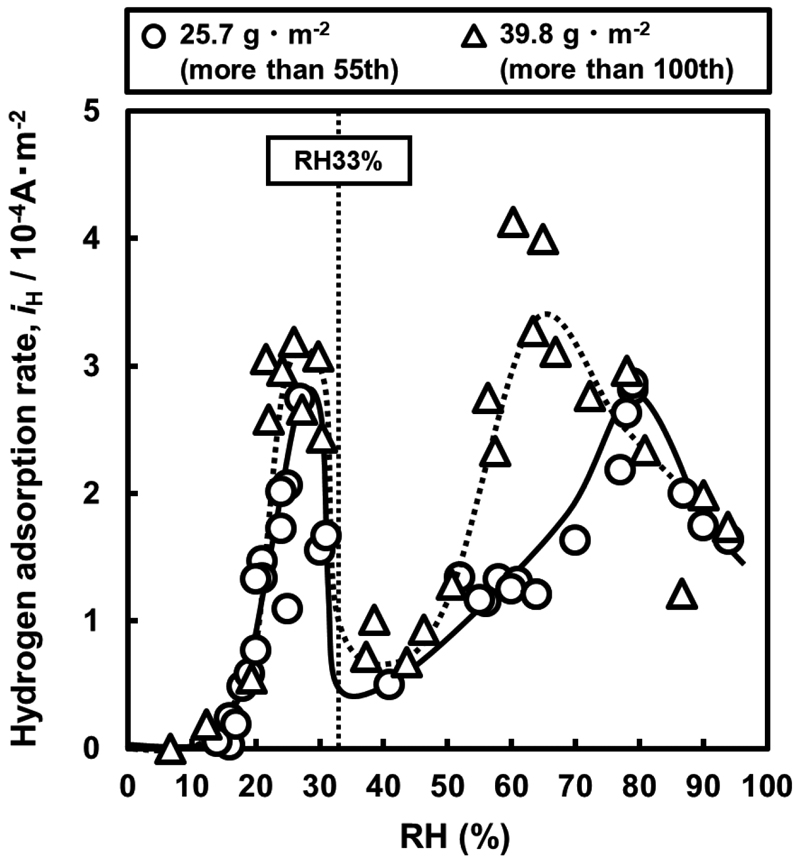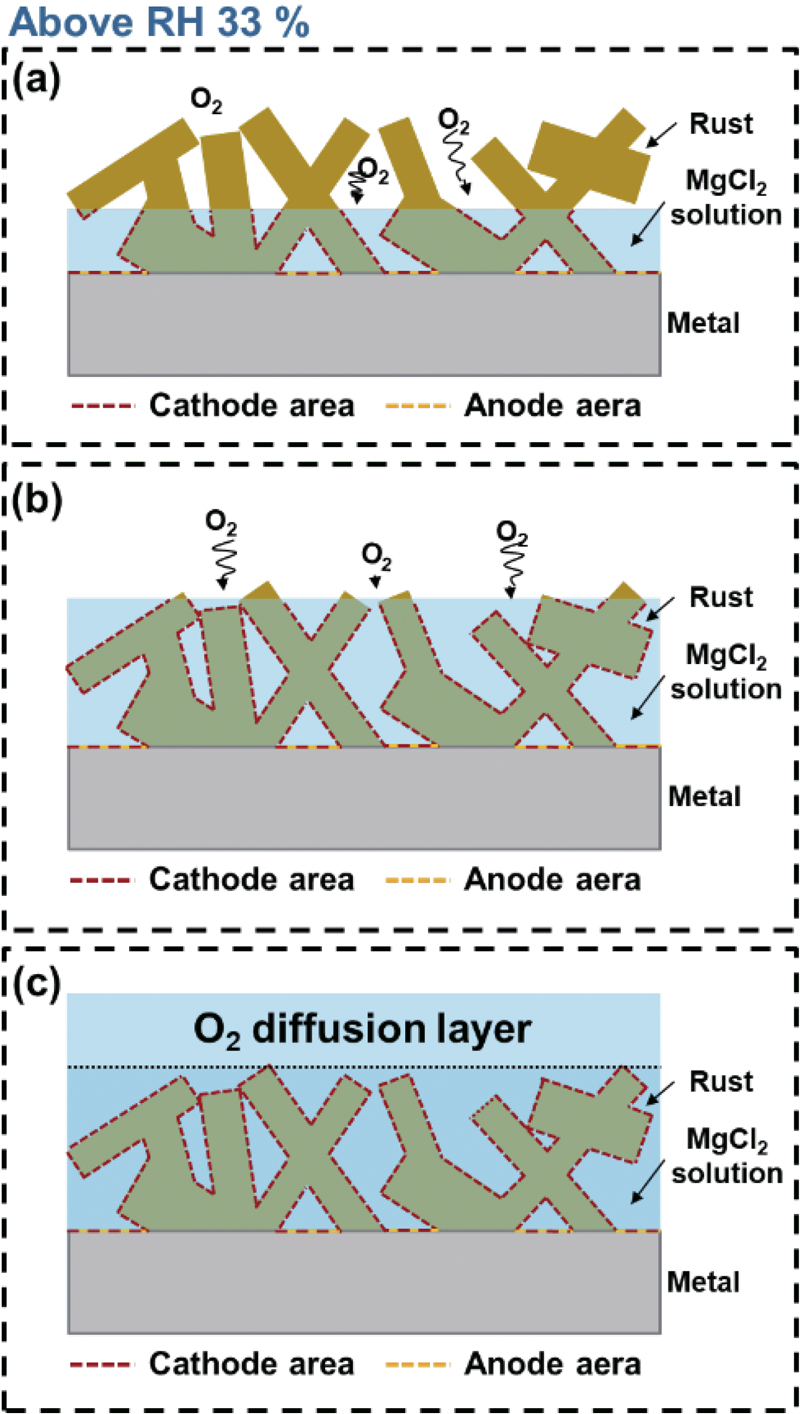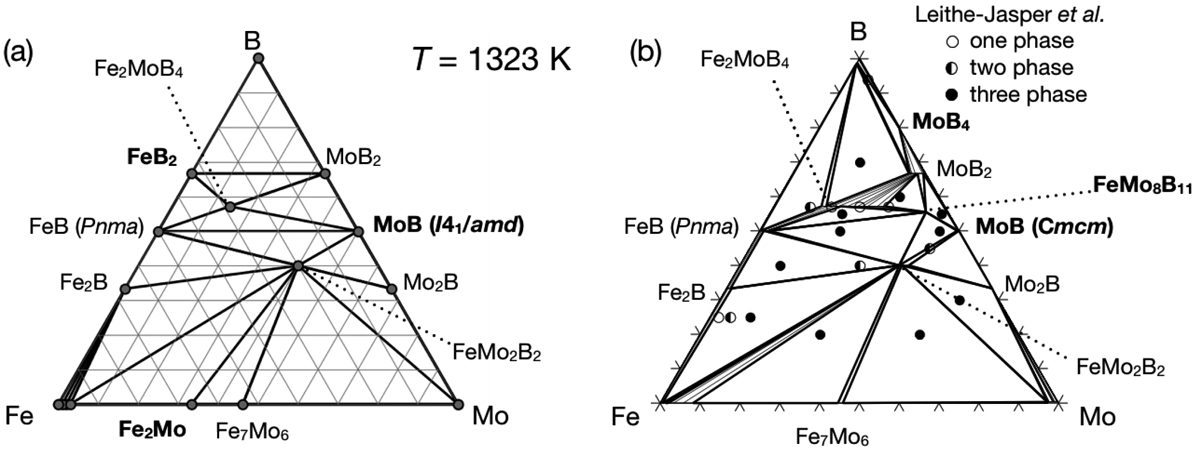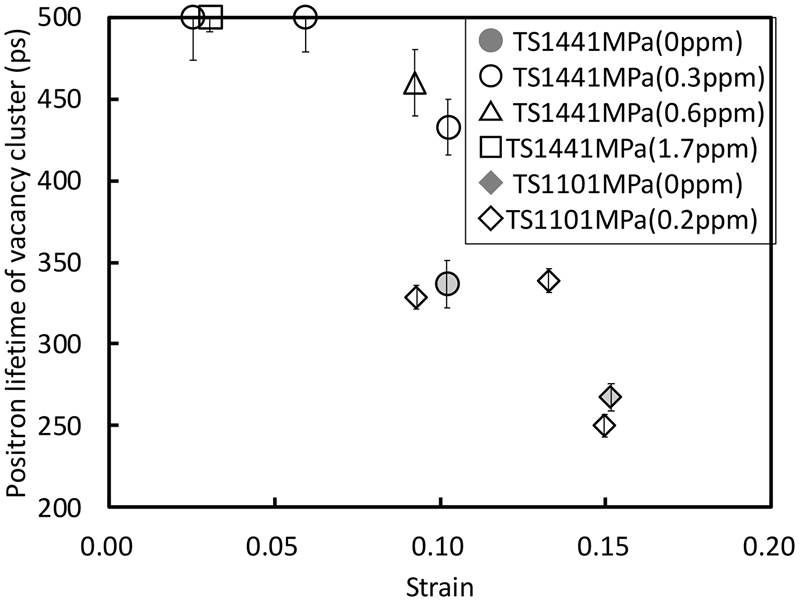
- Issue 16 Pages 2157-
- Issue 15 Pages 1805-
- Issue 14 Pages 1613-
- Issue 13 Pages S1141-
- Issue 12 Pages S1037-
- Issue 11 Pages 1443-
- Issue 10 Pages 1273-
- Issue 9 Pages 1077-
- Issue 8 Pages 917-
- Issue 7 Pages 751-
- Issue 6 Pages 585-
- Issue 5 Pages S389-
- Issue 4 Pages S1-
- Issue 3 Pages 403-
- Issue 2 Pages 233-
- Issue 1 Pages 19-
- Issue 16 Pages 2153-
- Issue 15 Pages 1977-
- Issue 14 Pages 1813-
- Issue 13 Pages S1285-
- Issue 12 Pages S1043-
- Issue 11 Pages 1667-
- Issue 10 Pages 1481-
- Issue 9 Pages 1231-
- Issue 8 Pages 891-
- Issue 7 Pages 711-
- Issue 6 Pages 538-
- Issue 5 Pages S407-
- Issue 4 Pages S1-
- Issue 3 Pages 347-
- Issue 2 Pages 173-
- Issue 1 Pages 14-
- Issue 16 Pages 1837-
- Issue 15 Pages 1711-
- Issue 14 Pages 1569-
- Issue 13 Pages S1205-
- Issue 12 Pages S1034-
- Issue 11 Pages 1423-
- Issue 10 Pages 1269-
- Issue 9 Pages 1059-
- Issue 8 Pages 925-
- Issue 7 Pages 775-
- Issue 6 Pages 627-
- Issue 5 Pages S287-
- Issue 4 Pages S1-
- Issue 3 Pages 301-
- Issue 2 Pages 147-
- Issue 1 Pages 12-
- Issue 16 Pages 2179-
- Issue 15 Pages 1795-
- Issue 14 Pages 1631-
- Issue 13 Pages S1053-
- Issue 12 Pages S1023-
- Issue 11 Pages 1501-
- Issue 10 Pages 1315-
- Issue 9 Pages 987-
- Issue 8 Pages 767-
- Issue 7 Pages 621-
- Issue 6 Pages 473-
- Issue 5 Pages S305-
- Issue 4 Pages S1-
- Issue 3 Pages 299-
- Issue 2 Pages 151-
- Issue 1 Pages 16-
- Issue 16 Pages 1945-
- Issue 15 Pages 1699-
- Issue 14 Pages 1531-
- Issue 13 Pages S1055-
- Issue 12 Pages S1013-
- Issue 11 Pages 1367-
- Issue 10 Pages 1215-
- Issue 9 Pages 1087-
- Issue 8 Pages 887-
- Issue 7 Pages 721-
- Issue 6 Pages 507-
- Issue 5 Pages S317-
- Issue 4 Pages S1-
- Issue 3 Pages 343-
- Issue 2 Pages 187-
- Issue 1 Pages 17-
- Issue 16 Pages 2405-
- Issue 15 Pages 2067-
- Issue 14 Pages 1865-
- Issue 13 Pages 1675-
- Issue 12 Pages S1055-
- Issue 11 Pages S1015-
- Issue 10 Pages 1479-
- Issue 9 Pages 1129-
- Issue 8 Pages 895-
- Issue 7 Pages 711-
- Issue 6 Pages 545-
- Issue 5 Pages S325-
- Issue 4 Pages S1-
- Issue 3 Pages 369-
- Issue 2 Pages 193-
- Issue 1 Pages 16-
- Issue 16 Pages 2573-
- Issue 15 Pages 2261-
- Issue 14 Pages 2073-
- Issue 13 Pages S1111-
- Issue 12 Pages S1001-
- Issue 11 Pages 1867-
- Issue 10 Pages 1657-
- Issue 9 Pages 1409-
- Issue 8 Pages 1043-
- Issue 7 Pages 841-
- Issue 6 Pages 649-
- Issue 5 Pages S415-
- Issue 4 Pages S1-
- Issue 3 Pages 431-
- Issue 2 Pages 225-
- Issue 1 Pages 3-
- |<
- <
- 1
- >
- >|
-
2021 Volume 107 Issue 11 Pages Cover-
Published: November 01, 2021
Released on J-STAGE: October 31, 2021
JOURNAL OPEN ACCESSDownload PDF (371K) -
2021 Volume 107 Issue 11 Pages Contents-
Published: November 01, 2021
Released on J-STAGE: October 31, 2021
JOURNAL OPEN ACCESSDownload PDF (4622K) -
2021 Volume 107 Issue 11 Pages Editorial-
Published: November 01, 2021
Released on J-STAGE: October 31, 2021
JOURNAL OPEN ACCESSDownload PDF (498K)
-
Takehide Hirata, Masafumi Matsushita, Yukinori Iizuka, Noritsugu Suzuk ...2021 Volume 107 Issue 11 Pages 897-905
Published: 2021
Released on J-STAGE: October 31, 2021
JOURNAL OPEN ACCESS FULL-TEXT HTMLIn steel making processes, influence of an equipment fault on production operation is significant. It is strongly required to detect an equipment fault at an early stage and to prevent the damage. Therefore, fault detection technique for steel making facilities based on data science is developed as an online-monitoring system. One of main features of the developed system is hierarchical monitoring consisting of three levels such as an entire process, facilities and sensors. Another is display of heat-mapping according to the degree of anomaly for huge number of monitoring items. Some anomaly signs at the hot rolling process where the system has been developed are successfully detected.
 View full abstractDownload PDF (6328K) Full view HTML
View full abstractDownload PDF (6328K) Full view HTML
-
Yang Wang, Jun Yamanishi, Takumi Haruna2021 Volume 107 Issue 11 Pages 906-914
Published: 2021
Released on J-STAGE: October 31, 2021
Advance online publication: August 25, 2021JOURNAL OPEN ACCESS FULL-TEXT HTMLAn Fe plate, whose one side was electro-polished and the other was covered with the rust layer containing 25.7 g·m−2 MgCl2, was used as the specimen to investigate the effect of humidity on the hydrogen absorption of the plate during atmospheric corrosion. The specimen was subjected to an electrochemical hydrogen-absorption test during which the rusted surface was exposed to the air with controlled relative humidity (RH) and atmospheric corrosion occurred on it. When the rusted surface was subjected to dry (RH 0%)–wet (RH 27%) cycle tests for 10.8 ks each, the anodic current density corresponding to the hydrogen-absorption rate was measured on the hydrogen detection surface. The maximum current density was almost independent of the cycle during the first 10 cycles, after which it decreased with an increase in the cycle, reaching almost a steady value after about 40 cycles. After 55 cycles of the dry–wet cycle test, the specimen was subjected to an electrochemical hydrogen-absorption test to obtain the relationship between the steady-state hydrogen-absorption rate and RH. Hydrogen absorption was observed at RH over about 15%, and the absorption rate increased rapidly with an increase in RH, reached a maximum at RH of about 30%, and then decreased rapidly. When RH increased beyond 40%, the absorption rate increased again, reached a maximum value at RH of 80%, and then decreased gradually. The specimen with the rust layer containing 39.8 g·m−2 MgCl2 also showed two peaks in the hydrogen-absorption rate versus RH plot.
 View full abstractDownload PDF (4382K) Full view HTML
View full abstractDownload PDF (4382K) Full view HTML -
Takumi Haruna, Yang Wang, Jun Yamanishi2021 Volume 107 Issue 11 Pages 915-922
Published: 2021
Released on J-STAGE: October 31, 2021
Advance online publication: August 25, 2021JOURNAL OPEN ACCESS FULL-TEXT HTMLFe plates with rust layers containing various MgCl2 amounts were prepared as specimens. Each specimen was subjected to dry−wet repeated cycle test beyond 50 cycles, and then subjected to electrochemical hydrogen absorption test under atmospheric corrosion in the air with controlled relative humidity (RH). For an MgCl2 amount of 39.8 g·m−2, a hydrogen absorption rate (iH) started to increase from an RH around 15%, steeply increased with an increase in RH up to about 30%, steeply decreased up to about 35%, gradually increased up to 65% and gradually decreased up to about 92%. A decrease in MgCl2 amount in the range between 0.514 and 39.8 g·m−2 induced a decrease in iH in the whole RH range. The maximum iH at an RH around 30% increased with an increase in MgCl2 amount in the rust layer. Besides, the RH where the maximum iH was obtained beyond an RH of 40% increased with a decrease in MgCl2 amount. From theoretical relationship between RH and thickness of MgCl2 solution film on the Fe plate without rust layer, it is found that the solution film thicknesses at the RHs were about 0.18 mm, almost independent of MgCl2 amount. In addition, thicknesses of the rust layers containing 25.7 and 39.8 g·m−2 MgCl2 were measured to be almost 0.18 mm each other. The trends of iH depending on MgCl2 amount were tried to be explained using nature of deliquescence for MgCl2.
 View full abstractDownload PDF (4915K) Full view HTML
View full abstractDownload PDF (4915K) Full view HTML
-
Masanori Enoki, Kota Takahashi, Soei Mitomi, Hiroshi Ohtani2021 Volume 107 Issue 11 Pages 923-933
Published: 2021
Released on J-STAGE: October 31, 2021
JOURNAL OPEN ACCESS FULL-TEXT HTMLIn this study, the ground structures of the Fe-Mo-B ternary systems were estimated by first-principles calculations based on genetic algorithm and the free energies of their structures are evaluated by electronic calculations and statistical thermodynamic techniques. In addition, the phase diagram at finite temperature was theoretically constructed using the calculated free energies and the result was compared with the experimental knowledge. The space groups and compositions of many ground structures obtained by the calculations correspond well with the experimental findings, but the agreement is not perfect. However, by including metastable structures by only a few kJ/mol than the ground state, it becomes clear that the appearance of almost all structures can be predicted based on this technique. The new calculation technique of such theoretical phase diagrams suggested in the present study is expected to open up the possibility of estimation of unknown phase diagram, reexamination of experimental phase diagrams and discovery of new phases. On the other hand, examining the calculation conditions for improving the accuracy of energy calculation, consideration of the anharmonicity of atomic vibration, magnetic entropy effect, handling of solid solution, etc. are mentioned as problems requiring further consideration.
 View full abstractDownload PDF (2169K) Full view HTML
View full abstractDownload PDF (2169K) Full view HTML
-
Tetsuya Namegawa, Manabu Hoshino, Masaaki Fujioka, Hiroyuki Shirahata2021 Volume 107 Issue 11 Pages 934-943
Published: 2021
Released on J-STAGE: October 31, 2021
Advance online publication: July 13, 2021JOURNAL OPEN ACCESS FULL-TEXT HTMLA method to automatically search brittle fracture initiation point is proposed. The method calculates flow paths from each edge of an image to opposite side along flow potential. The potential is derived from the direction of river-pattern and tear ridge. The most concentrated position of flow paths is determined as a fracture initiation point. The method achieves 99% precision and high speed analysis for low magnification images of 206 thick plate samples. Furthermore, discriminating ductile fracture by machine learning and excluding noise potential obtained from it, and considering local feature of river-pattern that spread radially near a fracture initiation point, the method precision is improved for high magnification images. Using fractal feature of brittle fracture and repeatedly applying the method, a fracture initiation point is determined within the size of a single grain level.
 View full abstractDownload PDF (17318K) Full view HTML
View full abstractDownload PDF (17318K) Full view HTML -
Kazuki Matsubara2021 Volume 107 Issue 11 Pages 944-954
Published: 2021
Released on J-STAGE: October 31, 2021
JOURNAL OPEN ACCESS FULL-TEXT HTMLIt is well known that the presence of hydrogen deteriorates mechanical properties of steels, that appears as reduced fracture toughness, shorter fatigue lifetime, etc.; these phenomena are recognized as hydrogen embrittlement. The effect of hydrogen on crack initiation of fracture toughness test has been investigated using a combination of experimental and computational approaches. Tempered lath martensitic steel was subjected to fracture toughness test with monotonically rising load in air and high-pressure hydrogen gas. While crack propagated continuously within grains in air, cracking in hydrogen grew by linking isolated interface failure ahead of a main crack tip. Then, to understand the nucleation mechanism of isolated failure in the presence of hydrogen, the tensile simulations of twist grain boundaries (TGBs) rotated along <110> axis at various angles were conducted using molecular dynamics calculations. While the dislocation emission from TGB rotated 70° is dominant deformation mode in the absence of hydrogen, the rupture along TGB rotated 110° and 170° without stress relaxation due to dislocation emission is dominant deformation mode in the presence of hydrogen. As a consequence, it is indicated that the origin of hydrogen-induced isolated crack initiation in the vicinity of fatigue pre-crack is the rupture along the block boundaries within martensitic structure due to hydrogen-induced inhibition of dislocation emission from GBs.
 View full abstractDownload PDF (6786K) Full view HTML
View full abstractDownload PDF (6786K) Full view HTML -
Kohei Noguchi, Yuhei Ogawa, Osamu Takakuwa, Hisao Matsunaga2021 Volume 107 Issue 11 Pages 955-967
Published: 2021
Released on J-STAGE: October 31, 2021
Advance online publication: July 30, 2021JOURNAL OPEN ACCESS FULL-TEXT HTMLToward a better understanding of the hydrogen embrittlement characteristics in nickel-based superalloy 718, tensile tests were performed under hydrogen pre-charged states (internal hydrogen) as well as in hydrogen gas environment (external hydrogen) at various temperatures ranging from −196 to 300°C. Under the internal hydrogen conditions, hydrogen-induced loss of ductility was maximized at around 25°C, while it was recovered with increasing/decreasing test temperature and almost fully mitigated particularly at −196°C. On the other hand, under the external hydrogen conditions, deleterious impact of hydrogen on the ductility monotonically increased with temperature elevation. Scanning electron microscopy (SEM) and electron backscattered diffraction (EBSD) analyses on post-mortem samples revealed that the microstructural initiation sites of hydrogen-induced micro-cracks in internal hydrogen states were annealing twin boundaries or crystallographic slip planes (i.e., {111} planes) at −40~300°C wherein the loss of ductility was substantial, albeit intergranular fracture prevailed at −196°C, accompanying minimum embrittlement effect. Meanwhile, in the case of external hydrogen states, the fracture modes were transitioned from intergranular to slip plane cracking with increasing temperature in response to the augmentation of embrittlement magnitude. The rationales of these multiple hydrogen-related failure modes and their roles on macroscale material performance are discussed on the basis of hitherto-known, unique deformation mechanisms driving the plasticity in this alloy in addition to the hydrogen diffusion rate/pathways which are strongly dependent on temperature.
 View full abstractDownload PDF (13792K) Full view HTML
View full abstractDownload PDF (13792K) Full view HTML -
Noriyuki Tsuchida, Takaaki Tanaka, Yuki Toji2021 Volume 107 Issue 11 Pages 968-976
Published: 2021
Released on J-STAGE: October 31, 2021
JOURNAL OPEN ACCESS FULL-TEXT HTMLThe effect of deformation temperature on the mechanical properties of 1-GPa-grade TRIP steels with different retained austenite (γR) morphologies was studied. The temperature dependence on the deformation-induced martensitic transformation behavior was also investigated. The uniform elongation below room temperature was relatively large in the needle-like γR steel, whereas the tensile strength at each temperature was almost the same as it was independent of the γR morphology. The better tensile strength–uniform elongation balance was obtained at 373 K for the needle-like γR steel and at 473 K for blocky γR one. The mechanical stability of γR was higher in the needle-like γR steel, according to the x-ray diffraction experiments. γR was mechanically stable with increasing temperature, but its volume fraction decreased at temperatures above 473 K because of the deformation-induced bainitic transformation. In this paper, the quantitative conditions of deformation-induced transformation to obtain better uniform elongation in the 1-GPa-grade TRIP steels are summarized from the viewpoints of the volume fraction of deformation-induced martensite and the transformation rate.
 View full abstractDownload PDF (9288K) Full view HTML
View full abstractDownload PDF (9288K) Full view HTML -
Shigeto Yamasaki, Masaki Tanaka, Tatsuya Morikawa, Yasuaki Watanabe, M ...2021 Volume 107 Issue 11 Pages 977-985
Published: 2021
Released on J-STAGE: October 31, 2021
Advance online publication: August 05, 2021JOURNAL OPEN ACCESS FULL-TEXT HTMLCleavage fracture of C14 Fe2W Laves phase was investigated using crystal orientation measurement with scanning electron microscopy and first-principles calculations. Trace analysis of the orientations of cleavage planes reveals that cleavage fracture occurred at five types of crystal planes of (0001), {1100}, {1120}, {1101} and {1122}, among which the fracture at (0001) is the most preferable. The first-principle calculations of the surface energy for fracture, Young's modulus, and Poisson's ratio showed that the minimum fracture toughness value of 1.62 MPa·m1/2 was obtained at (0001). The tendency that the values of calculated fracture toughness become larger with the higher indexed planes is almost the same as the frequency of the types of cleavage planes in the trace analysis. It is concluded that the fracture toughness of C14 Fe2W Laves phase is controlled by the surface energy for fracture and Young’s modulus.
 View full abstractDownload PDF (7202K) Full view HTML
View full abstractDownload PDF (7202K) Full view HTML -
Yuji Sakiyama, Tomohiko Omura, Kazuki Sugita, Masataka Mizuno, Hideki ...2021 Volume 107 Issue 11 Pages 986-995
Published: 2021
Released on J-STAGE: October 31, 2021
JOURNAL OPEN ACCESS FULL-TEXT HTMLThe effect of strain rate on hydrogen embrittlement susceptibility of high strength tempered martensitic steel was investigated by tensile tests under cathodic hydrogen charge. Fracture elongation was decreased with a decrease in strain rate and increase in diffusible hydrogen concentration. The mechanism of hydrogen embrittlement susceptibility was investigated based on vacancy-type lattice defects formation by positron lifetime spectroscopy. The clear correlation was not comfirmed between strain rate and the parameters of average positron lifetime, dislocation density and vacancy density. These parameters decreased with a decrease in fracture elongation, it means that these parameters did not reflect hydrogen embrittlement susceptibility. On the other hand, vacancy clustering was promoted with a decrease in strain rate. Therefore, it is assumed that strain rate dependence of hydrogen embrittlement susceptibility is determined by vacancy clustering process.
 View full abstractDownload PDF (2254K) Full view HTML
View full abstractDownload PDF (2254K) Full view HTML
- |<
- <
- 1
- >
- >|